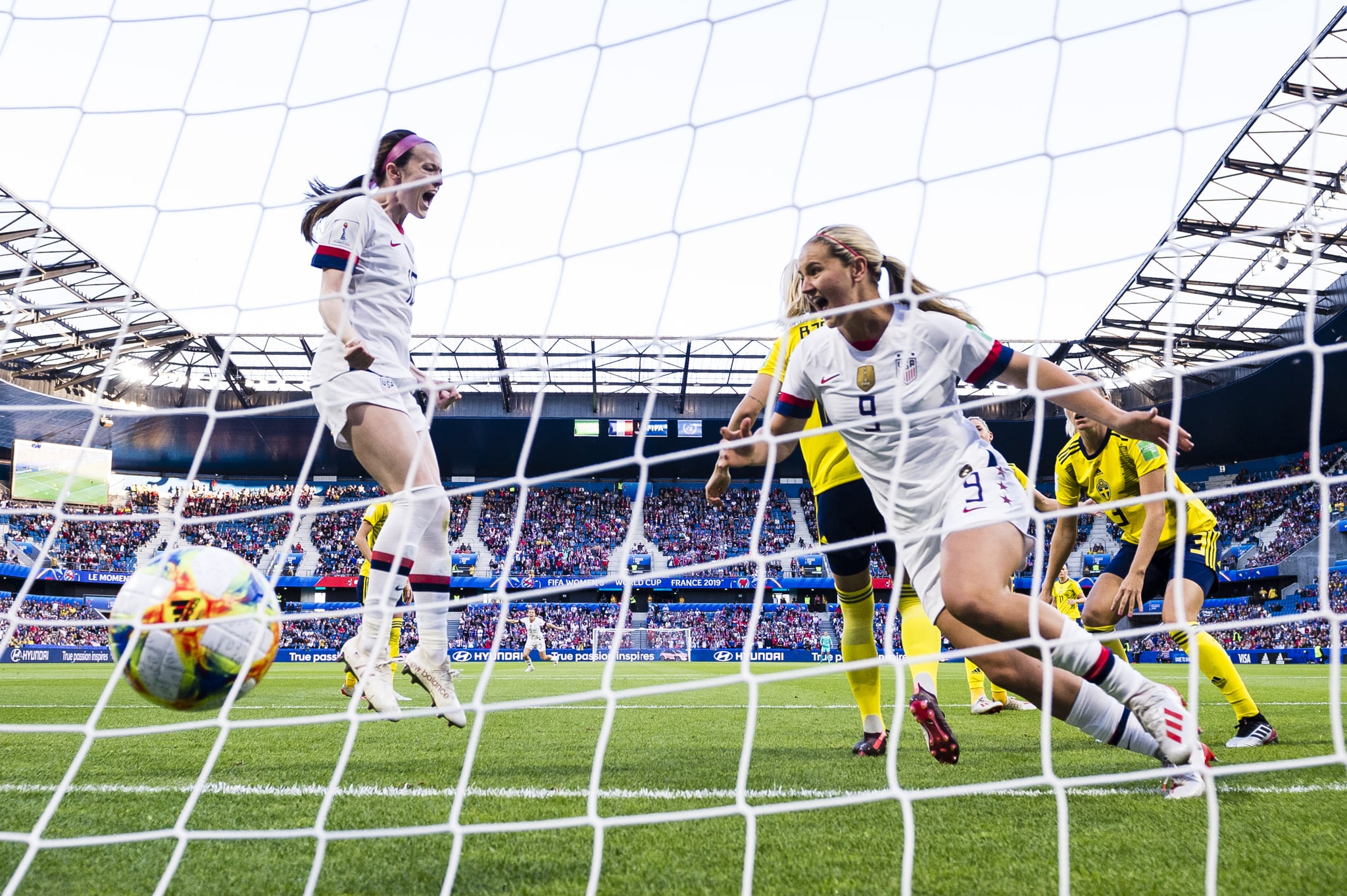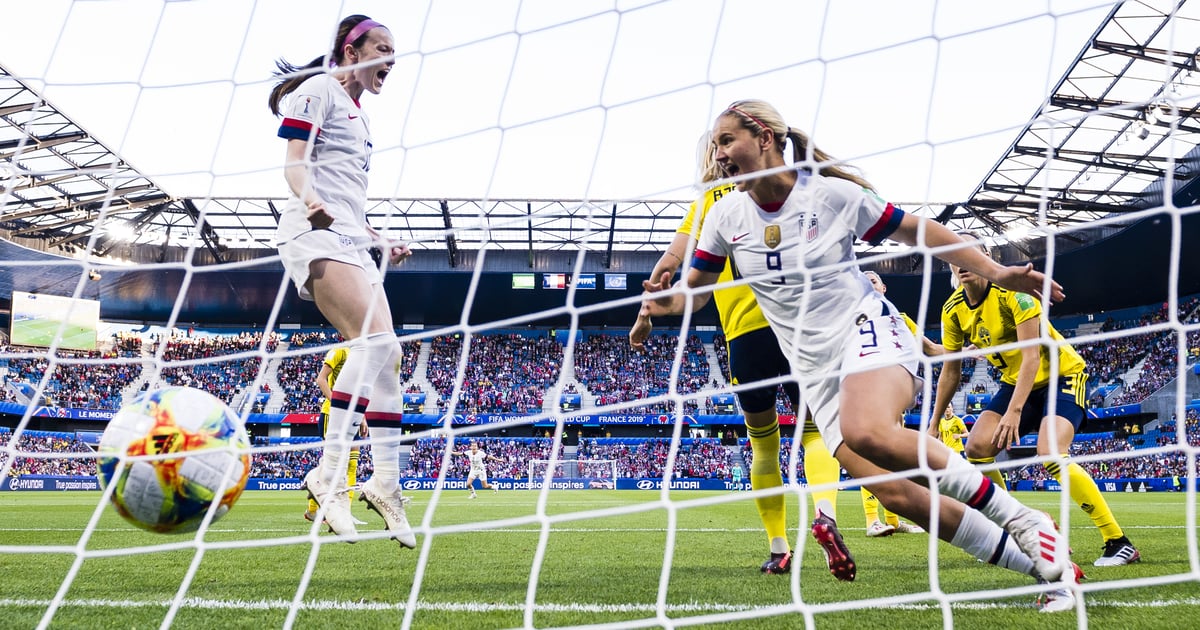Products You May Like

Soccer is a fast-paced and exciting game — and it’ll be even more riveting when you’re watching the US Women’s National Team vie for another title at the Women’s World Cup this year. Even if you’re fairly new to soccer, you might find yourself glued to the nonstop action while the best teams in the world face off.
That said, you may not be clued into the ins and outs of the game, such as how the World Cup tournament format works, what happens with a tie soccer game, and what the heck offside means.
As you’re watching, you may also be wondering when is a safe time to step away for a bathroom break, drink refill, or snack grab so you don’t miss a goal. The good news is that you should have plenty of time during mid-match during halftime. But how long is halftime, exactly?
How Long Is Halftime During Soccer Games?
The good news is that the length of soccer matches is pretty standard, whether you’re watching the Olympics, men’s or women’s World Cup, or a regular-season game — and that includes halftime.
According to the International Football Association Board (IFAB), a standard soccer match lasts for 90 minutes of gameplay. That time is split into two 45-minute halves, which are separated by a halftime period. That halftime can last a maximum of 15 minutes.
If both teams are on the field and ready to play sooner than 15 minutes, the ref can restart the game; however, in most cases, halftime lasts for the full 15 minutes allowed — so you have plenty of time to refuel, hit the bathroom, or do anything else you need to do before settling in for the second half.
During halftime, teams can use the time to make substitutions, rest, hydrate, and strategize. It’s a well-deserved breather (TBH, for fans, too), considering there are very few stops in play during the game. There are no commercial breaks for TV or team-requested timeouts like in American football, and the clock continues to run no matter what happens on-field. For example, when there’s an injury or the ball leaves the pitch (field), the clock doesn’t stop. Instead, the referee will tack on additional time to the end of the half to make up for any significant game delays.
After the 15-minute halftime, the teams will also swap sides of the field.
Is There a “Halftime” During Overtime?
During games that must determine a winner (i.e. those that cannot end in a tie, such as in the knockout stage of the World Cup), a tied game can go into overtime — though in soccer, it’s usually called “extra time.”
If a match is tied at the end of the usual 90 minutes of gameplay, then two 15-minute periods will be added on at the end of regulation time, per FIFA rules. Between these two periods, there will be a mini halftime — what IFAB calls a “short drinks break” — that lasts just one minute. If you need a top-up on your drink or you need to pee at this point in a match, go fast.
If there’s still no winner after the extra time, the game will enter a penalty shootout. At this point, there are no predetermined breaks — and you’ll probably be so glued to the screen, you wouldn’t dream of walking away anyway.
